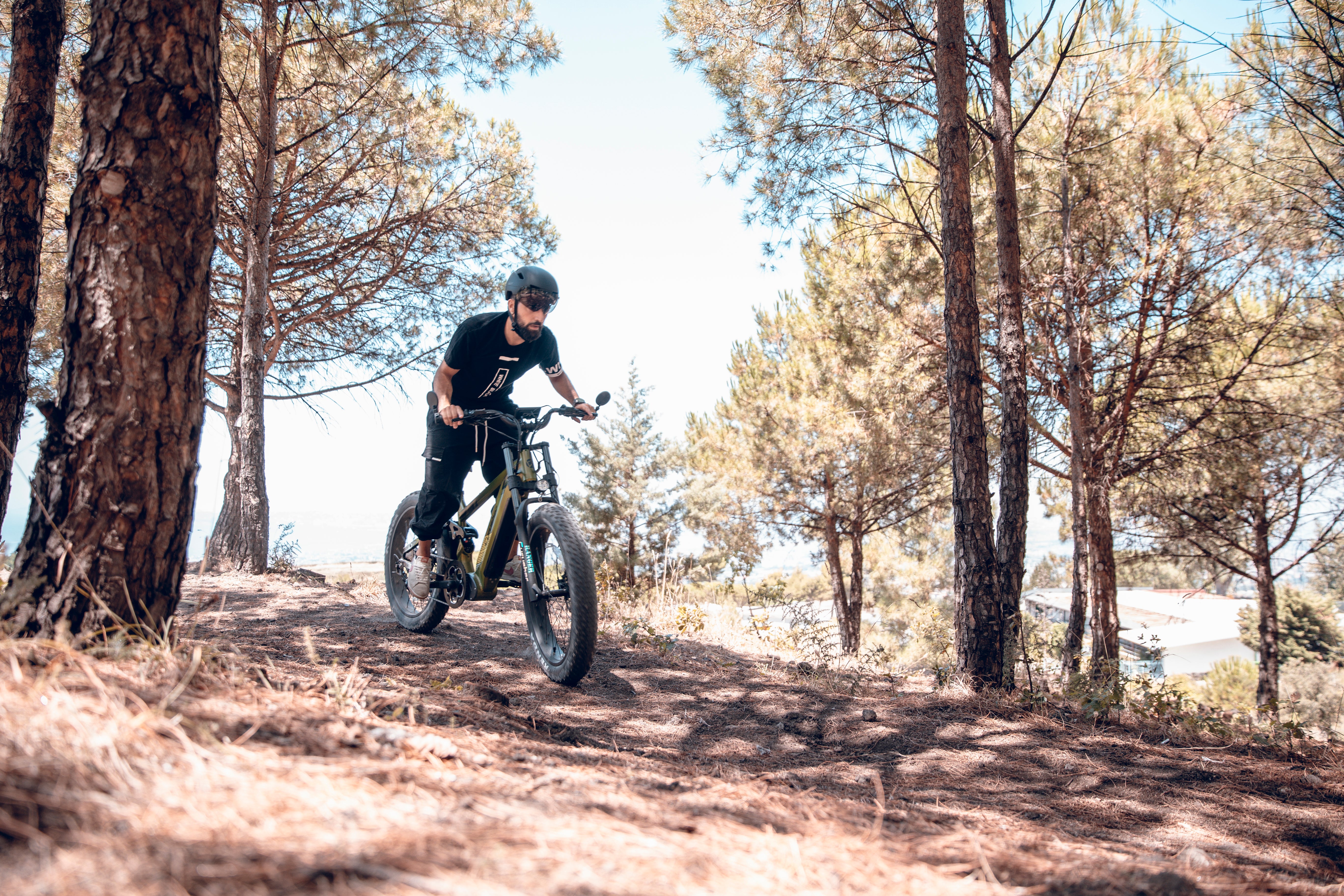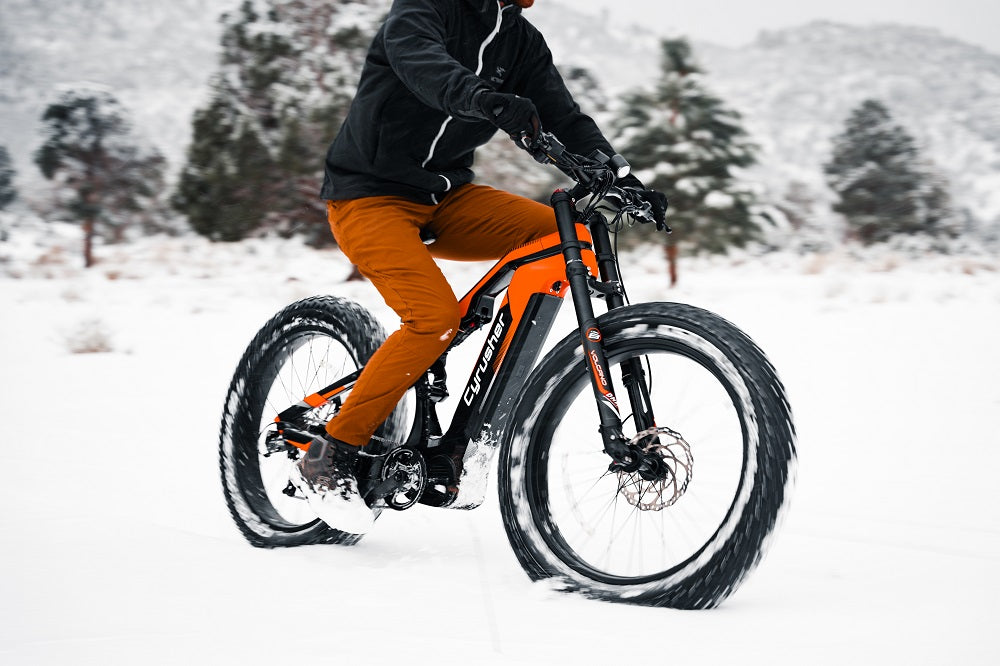The rising popularity of electric bikes has made exploration more accessible than ever. Mountain e-bikes have become a popular choice for navigating diverse terrains; but their use on public trails can be a complex issue. Rules and regulations vary by region, making it essential to know whether e-bikes are allowed on trails. This article will guide you about the trail regulations and help you make safe and responsible decisions.
Ebike laws and trail restrictions
As of July 2023, legislation creating the class system has been passed in forty one states. Electric bikes are categorized into three classes, and the roads they are permitted to ride on may vary depending on the type:
Class 1: Pedal assist only, no throttle, and a maximum speed of 20 mph. These are the most widely accepted on non-motorized trails because they are similar to traditional mountain bikes.
Class 2: Throttle-assisted e-bikes that can reach speeds of 20 mph without pedaling. These bikes are more restricted due to concerns about impact and speed on trails.
Class 3: Pedal-assisted e-bikes with a maximum speed of 28 mph. These are generally not allowed on non-motorized trails, but may be allowed on motorized trails.
E-bikes are generally allowed on trails where traditional bicycles are allowed, and are prohibited in some wilderness areas and non-motorized trails (unless permitted by law).
Specific state road regulations can check: https://www.cyrusher.com/blogs/news/e-bike-laws-and-regulations
Are electric mountain bikes allowed on trail
While e-bikes are becoming increasingly popular, they are also subject to legal regulations. Whether electric mountain bikes are permitted on the road depends on specific rules that vary by region. These regulations may be revised periodically based on changing circumstances. Therefore, cyclists should proactively research or contact local authorities to stay informed about the current rules.

1. Public lands
National park regulations for electric bikes
In an effort to enhance recreational opportunities in parks, the National Park Service (NPS) implemented a policy in 2019 permitting the use of electric bicycles (e-bikes) on park roads, paved or hardened paths, and roads where traditional bikes are allowed. Most states adhere to a three-class model legislation for e-bike operation, and the NPS's e-bike policy seeks to align with state laws applying to park units.
While the NPS electric bicycle policy allows the use of electric bicycles, including electric mountain bikes (e-MTBs), individual state parks have the authority to regulate their use based on local conditions and safety concerns, as well as public feedback and environmental factors. Visitors are encouraged to check the specific rules for the park they plan to visit in advance or to contact the park service for accurate information.
State park
State park regulations vary from state to state; for example, Colorado and California allow motorized mountain bikes on designated trails, but some state parks will restrict them to motorized trails or multi-use trails, so you can find out the specific policy by checking the official website of each state park.
National Forests and Bureau of Land Management (BLM)
Ebikes use electric motors to provide power assistance to riders, yet they are still classified as off-road vehicles. In November 2020, Bureau of Land Management (BLM) updated the e-bike policy, granting authorized officials the authority to exclude Class I, Class II, and Class III e-bikes from the definition of off-road vehicles. This change allows e-bikes to be used on trails where motor vehicles are prohibited. There are, however, several factors that must be taken into consideration, including local environmental protection and public feedback, which lead to varying regulations across different regions.
2. Private Lands and Designated E-Bike Trails
Electric mountain bikes are always allowed on private land or in private bike parks (part of some ski resorts or adventure centers). Please contact the specific bike park for particular rules.
How to find EMTB friendly Trails
You can simply search through the following apps or websites:
- Trailforks: Offers filters to show EMTB accessible trails. You can filter according to the type of vehicleand the riding area, and quickly start your ride.
- MTB Project: Lists trails and specifies whether e-bikes are allowed. Enter trail’s nameto get a detailed introduction and find regional animated maps.
- People for bikes: Users can review all EMTB and ebike policies across the United States.
- Local Trail Websites: Many local trail associations list specific guidelines on their official websites. If your question is not solved, you can contact them by email or phone for further confirmation.

Conclusion
Whether the trail allows electric mountain bikes depends on the specific regulations. In general, the paved roads, some multi-use trails, the trails that allow traditional bicycles, and some private bike parks all welcome electric mountain bikes. There are also certain restrictions in different regions due to the protection of the natural environment or public feedback. Confirm with the local trail manager before arranging a riding plan to ensure a smooth riding experience.









Share:
How to clean and lube ebike chain
Enjoy Up to $1,200 Off Cyrusher E-Bikes for Black Friday!